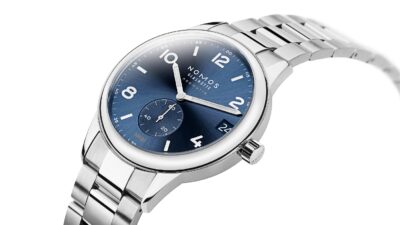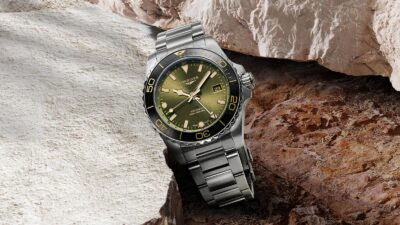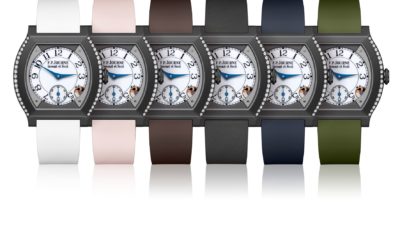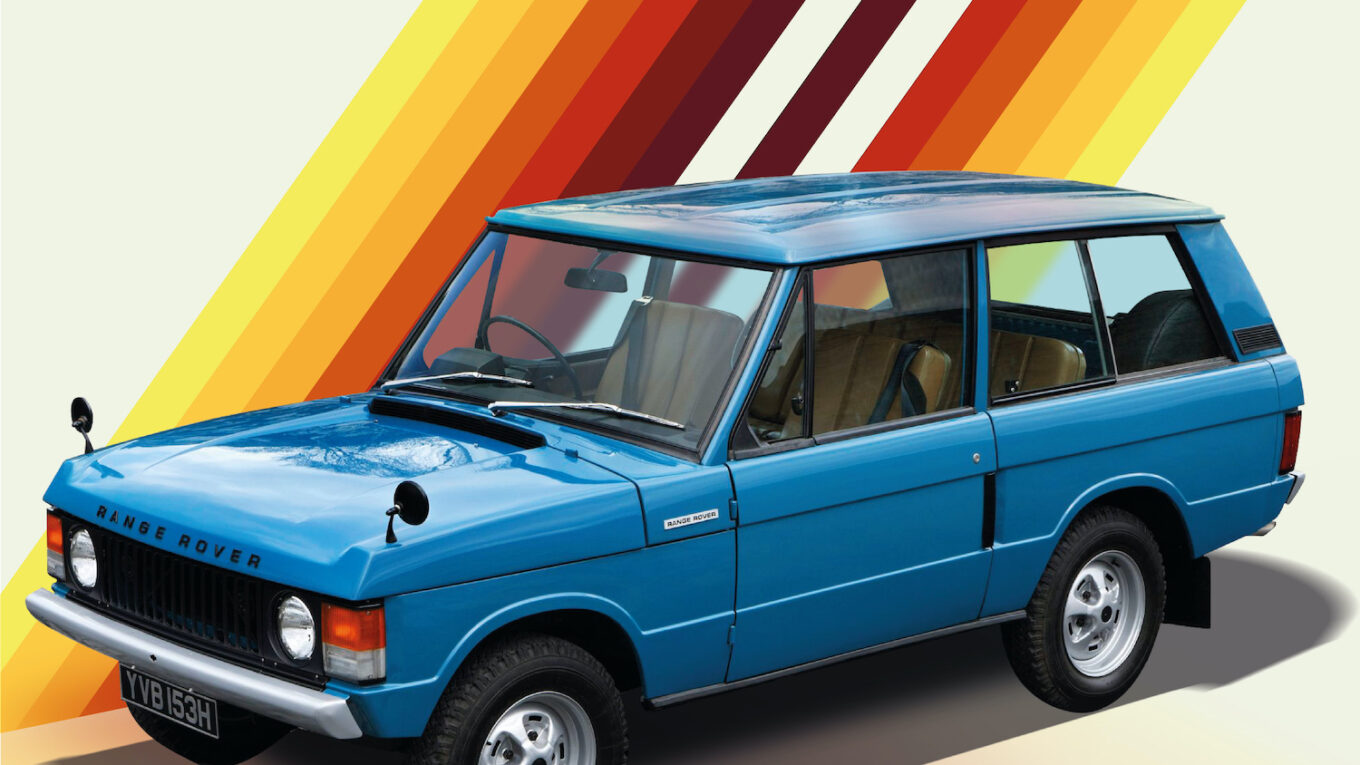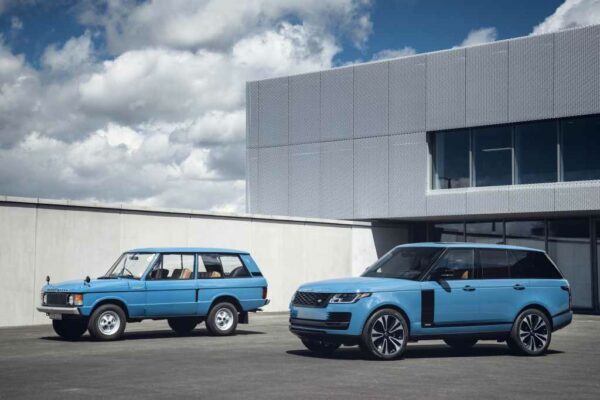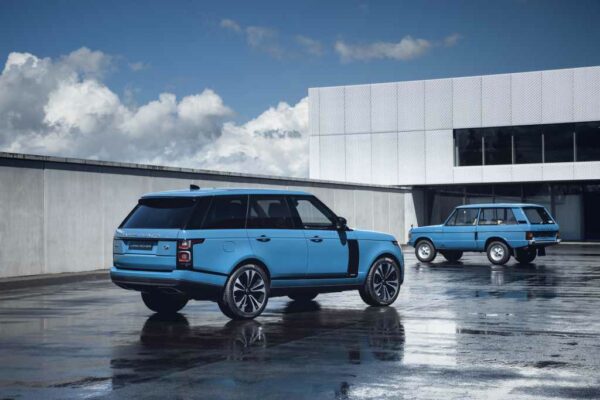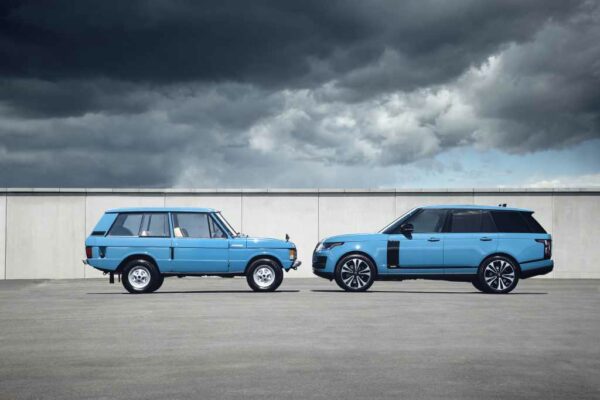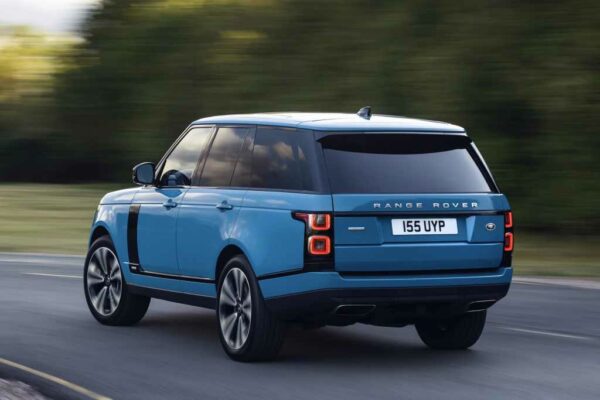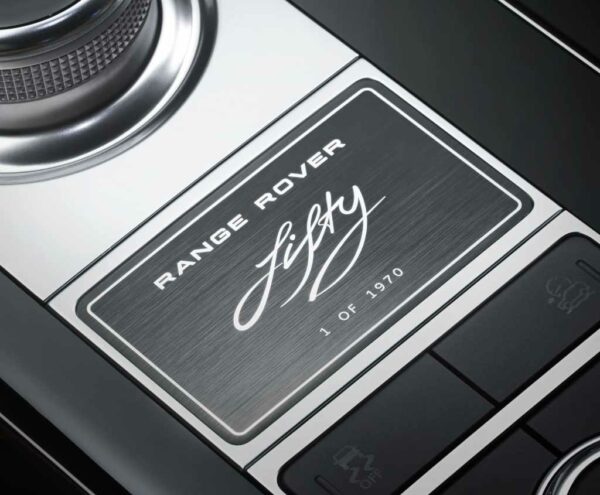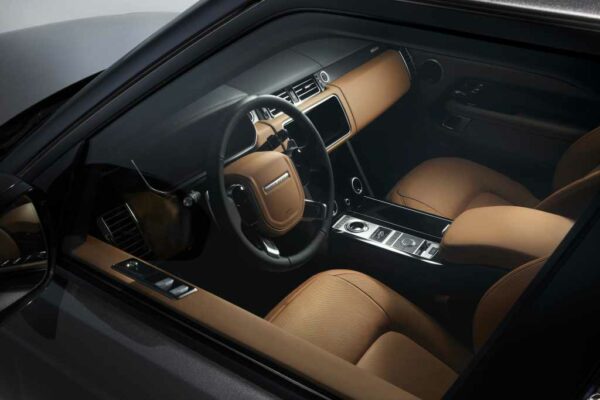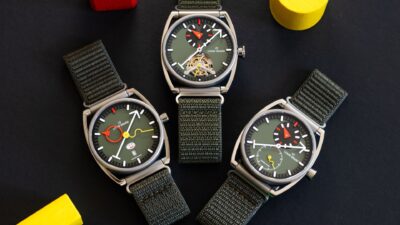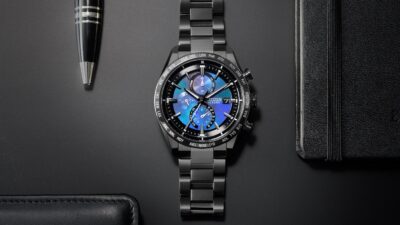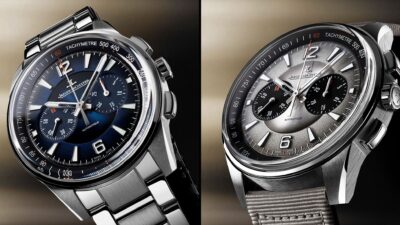The original luxury SUV has defined the market since 17 June 1970 and, five decades on, the Range Rover has evolved to become a family of desirable and capable luxury vehicles. Its compelling blend of design, refinement and engineering innovation has ensured its place as the benchmark for all luxury SUVs.
Over its 50 year lifespan, the Range Rover has achieved many world firsts and completed numerous impressive feats. It was the first SUV to feature a permanent 4WD system when it was launched, and in 1989 was the world’s first 4×4 to be fitted with ABS anti-lock brakes. Later in 1992 it became the world’s first 4×4 to be fitted with electronic traction control (ETC) and automatic electronic air suspension – ensuring the refined driving feel Range Rover is so famous for, both on and off-road. In 2012, the latest generation Range Rover became the world’s first SUV to feature an all-aluminium lightweight construction, making it lighter, stronger and more efficient.
It has crossed the notoriously impassable ‘Darien Gap,’ was the first vehicle to ever be displayed at the Louvre Museum in Paris, and has even won the Paris-Dakar rally – twice. No other vehicle combines the levels of luxury, comfort and sophistication with off-road capability and on-road performance like Range Rover.
With its clamshell bonnet, distinctive floating roof, split tailgate and trademark front fender vents, the Range Rover of today can still trace its roots back to the 1970 original. In its golden anniversary year it is now the most efficient, connected, luxurious and capable yet. Building on the luxuriously appointed Autobiography, the Range Rover Fifty features a number of bespoke exterior accents in Auric Atlas as well as two unique 22-inch wheels. The badging features a ‘Fifty’ script created personally by Prof Gerry McGovern OBE, Land Rover’s Chief Creative Officer, which will appear on the exterior of the vehicle and throughout the interior on the unique “1 of 1970” centre console commissioning plaque, headrests, dashboard and illuminated treadplates.
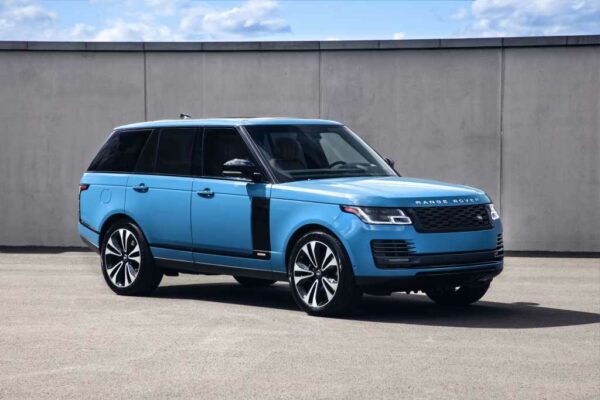
“In the world of luxury vehicles, the Range Rover has always stood apart as peerless and enduring. Its unique and pioneering sensibilities together with an unrivalled engineering approach have been the intrinsic values which our customers have admired since the first of the breed was revealed in 1970.”, Prof Gerry McGovern OBE, Land Rover Chief Creative Officer
The Range Rover Fifty will be available in both standard and long wheelbase body designs with customers able to choose from four carefully curated exterior colours; Carpathian Grey, Rosello Red, Aruba, and Santorini Black. In extremely limited numbers, Land Rover Special Vehicle Operations is also offering the Range Rover Fifty in one of three Heritage exterior solid paints reproduced from the original Range Rover paint palette; Tuscan Blue, Bahama Gold and Davos White. A range of powertrain options will be available; petrol, diesel and even a plug-in hybrid P400e version.
Now in its fourth generation with over a million sold in its lifetime, the Range Rover is the ultimate expression of luxury. It’s unmistakable, sophisticated design and class-leading all-terrain capability has ensured the Range Rover is as peerless and relevant today as it was in 1970.
RANGE ROVER HISTORICAL OVERVIEW
Today marks 50 years since the first Range Rover was revealed, but the story goes back even further. During the mid 1960s, in a bid to revolutionise the growing 4×4 leisure market, the Rover car company’s engineering chief for new vehicle projects, Charles Spencer ‘Spen’ King (nephew of the founders of Land Rover), hatched a plan to combine the comfort and on-road ability of a Rover saloon with the off-road ability of a Land Rover.
Development of the first 100-inch station wagon prototype began during the late 1960s, with the first model being released to the world’s media to critical acclaim in 1970. Its blend of ability – motorway cruising, off-roading, and even towing in style and comfort – ensured its instant popularity. The original Classic model was cited as an ‘exemplary work of industrial design’ when it became the first vehicle to be displayed at the world famous Louvre Museum in Paris in 1971.
The first generation Range Rover (1970-1996) was originally only available as a two door when it went on sale in 1970. During its 26 year lifespan the Classic continued to evolve with the introduction of the four-door model in 1981 and an automatic gearbox in 1982. The first diesel Range Rover arrived in 1986.
The second generation Range Rover known as the P38A arrived in 1994 and was instantly recognisable thanks to its familiar silhouette, floating roof, clamshell bonnet, practical split tailgate and continuous waistline; all of which continue to this day. The vehicle also displayed an even more luxurious interior without compromising on its on-road ability and off-road capability. It also featured enhanced height-adjustable suspension as well as a 2.5-litre diesel and 3.9 and 4.6-litre versions of the V8 petrol, providing greater performance than ever before.
The third generation Range Rover (2001-2012) delivered a wealth of improvements on all predecessors during its 11 year period. Engineering innovations included a stiffer monocoque body (replacing the traditional 4×4 ladder frame) and fully independent suspension with interconnected air springs (at the time nearly all 4x4s had rigid axles). The interiors of these vehicles were inspired by high-end yachts, fine furniture and first class airline seats, providing more space and luxury.
In 2012, the fourth generation and most recent Range Rover debuted. It was the first SUV to feature lightweight all-aluminium construction, saving 420kg in weight compared to its predecessor. Featuring a wealth of new off-road innovations such as automatic Terrain Response™ 2 and All-Terrain Progress Control, it has evolved to include efficient new electrified Ingenium engines, a plug-in hybrid electric version and innovative infotainment and safety technologies.
For the last five years the Range Rover SVAutobiography has been at the pinnacle of the model line-up, with the most powerful and refined vehicles in Range Rover’s history. Produced by Land Rover’s Special Vehicle Operations division, customers can also choose from the Range Rover SVAutobiography and SVAutobiography Dynamic – which feature powerful V8 engines and finely crafted cabins.
